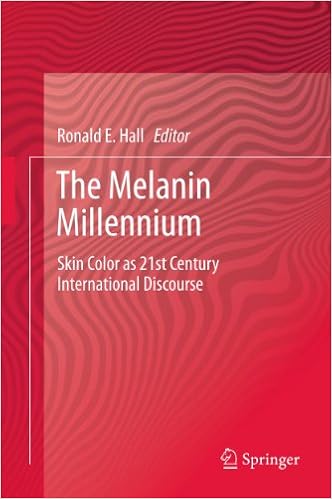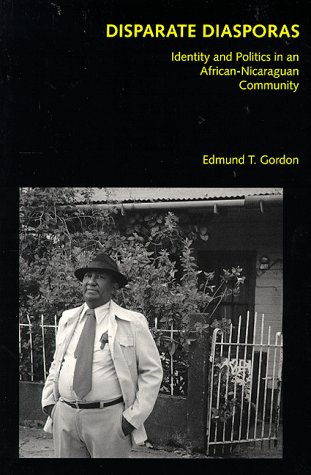In Brazil, a mix of racial openness and exclusionPosted in Articles, Brazil, Caribbean/Latin America, Media Archive, Social Science on 2013-03-15 18:51Z by Steven |
In Brazil, a mix of racial openness and exclusion
Nordonia Hills News-Leader
Kent, Ohio
2013-03-14
Jenny Barchfield
Associated Press
RIO DE JANEIRO (AP) — Many Brazilians cast their country as racial democracy where people of different groups long have intermarried, resulting in a large mixed-race population. But you need only turn on the TV, open the newspaper or stroll down the street to see clear evidence of segregation.
In Brazil, whites are at the top of the social pyramid, dominating professions of wealth, prestige and power. Dark-skinned people are at the bottom of the heap, left to clean up after others and take care of their children and the elderly.
The 2010 census marked the first time in which black and mixed-race people officially outnumbered whites, weighing in at just over 50 percent, compared with 47 percent for whites. Researchers suggest that Brazil actually may have been a majority-nonwhite country for some time, with the latest statistics reflecting a decreased social stigma that makes it easier for nonwhites to report their actual race.
It is a mix of anomalies in Brazil that offers lessons to a United States now in transition to a “majority-minority” nation: how racial integration in social life does not always translate to economic equality, and how centuries of racial mixing are no guaranteed route to a colorblind society…
…Nubia de Lima, a 29-year-old black producer for Globo television network, said she experiences racism on a daily basis, in the reactions and comments of strangers who are constantly taking her for a maid, a nanny or a cook, despite her flair for fashion and pricey wardrobe.
“People aren’t used to seeing black people in positions of power,” she said. “It doesn’t exist. They see you are black and naturally assume that you live in a favela (hillside slum) and you work as a housekeeper.”…
Read the entire article here.


